30 Best Toy Logo Design Ideas You Should Check

Source: Luke Cocker, Toys of the World, Dribbble, https://dribbble.com/shots/7383104-Toy-Shop-Logo
When it comes to capturing the joy and imagination of childhood, nothing does the job better than a well-crafted toy logo design. These playful emblems are more than just brand identifiers—they’re tiny works of art that tell a story, spark curiosity, and bring smiles to faces of all ages. In this article, we’re diving into some of the best ideas for toy logo designs that are as whimsical as they are unforgettable.
From bright, bold colors to clever illustrations that channel the spirit of fun, toy logo design is all about creating a connection with your audience. Whether your focus is on educational toys, plush companions, or high-energy action figures, your logo has the power to make a lasting impression in the competitive toy market.
We’ll explore designs that balance creativity and professionalism, ensuring your brand shines as brightly as the toys it represents. Whether you’re launching a new line or refreshing your branding, these ideas will help your toy logo design stand out from the crowd. Ready to spark some creativity? Let’s play!
Toy Logo Design Ideas

Source: Alan Oronoz, Unicone, Dribbble, https://dribbble.com/shots/6544997-Unicone-Logo

Source: Elmira Gokoryan, Ovechkinson, Dribbble, https://dribbble.com/shots/18060086-Ovechkinson

Source: Yulia Malinovskaya, Tomtoys, Dribbble, https://dribbble.com/shots/20807868-Logo-for-busyboard-brand

Source: Alex Vishnevsky, The Ugly Duckling, Dribbble, https://dribbble.com/shots/16796497-The-ugly-duckling

Source: Jacek Janiczak, Woopie, Dribbble, https://dribbble.com/shots/4331882-woopie

Source: Dmitriy Dzendo, Toydino, Dribbble, https://dribbble.com/shots/8868313-Little-Dinosaur-Logo

Source: Deividas Bielskis, Deividas Bielskis, Dribbble, https://dribbble.com/shots/3640670-Toy-logo-design

Source: Daniel Bodea, Make A Drone, Dribbble, https://dribbble.com/shots/5501015-make-a-drone

Source: The Monochromatic Institute, Toys Inc., Dribbble, https://dribbble.com/shots/18167183-Logo-for-Toys-Inc

Source: Zhenya Artemjev, Rux Toy, Dribbble, https://dribbble.com/shots/19326946-Rux-Toy

Source: MD / TAS, Aperobs-Sentimentality, Dribbble, https://dribbble.com/shots/12924259-APEROBs-Sentimentality

Source: Bujar Ljubovci, Webby Toys Redefined, Dribbble, https://dribbble.com/shots/3795362-Logo-for-toy-company

Source: Alen Pavlovic, Klein & Wild, Dribbble, https://dribbble.com/shots/5904220-K-W

Source: Andrii Kovalchuk, Flexy Toys, Dribbble, https://dribbble.com/shots/15803802-Toys

Source: Brandon Joseph, Little Bengal Toy Store, Dribbble, https://dribbble.com/shots/17901784-Little-Bengal-Toy-Store-3-of-3-White-Bengal-Cub

Source: Andrii Kovalchuk, Castle Of Toy Cubes, Dribbble, https://dribbble.com/shots/14456757-Castle-Of-Toy-Cubes

Source: Bebak, Plush Toy, Dribbble, https://dribbble.com/shots/16943802-Plush-Toy-Logo

Source: Andrii Kovalchuk, Ducky Toys, Dribbble, https://dribbble.com/shots/20156290-Ducky-toys

Source: Nikita Lebedev, First Steps, Dribbble, https://dribbble.com/shots/8387240-First-Steps

Source: Yuri Kartashev, Yuri Kartashev, Dribbble, https://dribbble.com/shots/18458351-dog-toy

Source: Andrii Kovalchuk, Toy Unicorn, Dribbble, https://dribbble.com/shots/15823933-Toy-unicorn

Source: Andrew Korepan, Bearz, Dribbble, https://dribbble.com/shots/16343430-bearz

Source: Olly Altukhova, Kango, Dribbble, https://dribbble.com/shots/9803050-kango-logotype

Source: Andrii Kovalchuk, Grizzli, Dribbble, https://dribbble.com/shots/17019113-Grizzli

Source: Tron Burgundy, Retro Toy Box, Dribbble, https://dribbble.com/shots/5921666-Retro-Toy-Box-Branding-Illustration

Source: Andjela Milakovic, Slozzo, Behance, https://www.behance.net/gallery/102168541/Kids-Wooden-Toys-Branding-Toy-Design-Packaging

Source: Krste Kochev, Apollo, Dribbble, https://dribbble.com/shots/15393516-Apollo

Source: Alan Oronoz, Real Workin Buddies, Dribbble, https://dribbble.com/shots/4373630-Real-Workin-Buddies

Source: Catherine Vasquez, Kids Playland, Dribbble, https://dribbble.com/shots/10011466-Kids-Playland-Logo-Mark

Source: Luke Cocker, Toys of the World, Dribbble, https://dribbble.com/shots/7383104-Toy-Shop-Logo
What Are Common Themes in Toy Logo Design?
Diving into the world of toy logo design is like entering a funhouse mirror maze—every turn presents a new reflection of creativity and enchantment! Toy logos are the front line in the battle for both little hearts and parental approval, so they need to pop with personality and resonate with reliability. Here are five common themes that make toy logo designs truly stand out:
Vibrant Colors
Color is the universal language of play, and toy logo designs speak it fluently. Bright, primary colors like red, blue, and yellow often dominate, as they grab attention and evoke feelings of happiness and excitement. These hues are not just eye-catching; they're deeply embedded in the psychology of learning and development, making them a go-to palette for toys that aim to educate, entertain, and engage.
Whimsical Typography
When it comes to toy logos, fonts that feature fun, playful, and whimsical typography are key. Think curvy letters, bold, and often irregular fonts that seem to jump off the page. These aren't just artistic choices; they're strategic designs that mirror the unpredictability and joy of childhood. They also make the brand appear friendly and accessible to children, helping to foster a connection from the first glance.
Imaginative Characters
Many successful toy logos incorporate characters or mascots that become synonymous with the brand. These characters are not merely decorative; they tell a story, embody the brand, and create emotional attachments. Whether it’s a cuddly bear or a dynamic superhero, characters in toy logo design often serve as both brand ambassadors and imaginary companions to their young audience.
Playful Imagery and Icons
Beyond characters, toy logos often feature playful imagery like stars, rockets, puzzles, or building blocks. These icons serve as visual metaphors for growth, adventure, creativity, and fun—core values for any toy brand. They're not just symbols; they're invitations to a world of imagination, suggesting the fun that awaits in every product.
Interactive Elements
Some toy logos go a step further by incorporating elements that suggest interactivity. This can include elements that look like buttons, moving parts, or features that imply a hands-on experience. These logos not only represent the brand but also engage the viewer directly, making the act of playing and exploration part of the logo’s charm.
These themes are not mere embellishments. They are strategic choices that enhance the brand's appeal, communicate its values, and make its products irresistible to children and reassuring to parents. In the competitive world of toys, where new brands and innovations appear daily, a distinctive, memorable logo is not just a mark of identity but a playful promise of fun and discovery.
Are There Specific Styles for Toy Logo Design?
When it comes to toy logo design, there's a whole toy box full of styles that can turn a simple brand mark into a gateway of wonder and excitement. Just like toys themselves, toy logos can come in an array of styles, each suited to tell a different story or spark different emotions. Whether you're aiming for giggles or gasps of awe, here are five specific styles that can help your toy logo design stand out and captivate both young minds and their guardians.
Playful and Whimsical
This style is all about fun, featuring curvy lines, vibrant colors, and imaginative elements that seem to dance around the logo. Fonts may be hand-drawn or appear child-like, and the color palette is typically bright and engaging. This style works wonderfully for toys aimed at younger children or products that want to emphasize creativity and playfulness, like art supplies or imaginative play toys.
Bold and Dynamic
For toys that involve action or adventure, such as sports equipment or action figures, a bold and dynamic style can be very effective. This style uses sharp angles, thick lines, and often incorporates elements of movement or energy, like swooshes or sparks. The typography is usually strong and impactful, designed to convey excitement and power.
Vintage or Retro
Nostalgia is a powerful tool, especially for toys that have been around for generations or those aiming to capture the charm of a bygone era. A vintage or retro style uses muted color palettes, classic typefaces, and might include throwback illustrations that remind adults of their own childhoods. This style not only appeals to children but also tugs at the heartstrings of parents and grandparents.
Minimalist and Modern
Sometimes less is more, even in the colorful world of toys. A minimalist toy logo design focuses on simplicity and sophistication, using clean lines, limited color palettes, and sans-serif fonts. This style suits educational toys or those that promote mental and physical development, conveying seriousness and focus in a product category often dominated by bright and busy designs.
Fantastical and Enchanting
Toys that whisk kids away to fantastical worlds—like dolls, fantasy playsets, or science fiction-themed games—often benefit from a logo style that's enchanting and mysterious. This might include intricate illustrations, whimsical scripts, and elements that evoke magic and mystery, such as stars, moons, or mythical creatures. The colors are usually deep and rich, adding to the mystical feel.
These styles are not just aesthetic choices; they're strategic decisions that help convey the essence of the brand and connect emotionally with the target market. The best toy logo design doesn't just sell a product; it sells an experience—a promise of fun, adventure, and learning.
What Colors Are Best for a Toy Logo Design?
Choosing the right colors for a toy logo design is like selecting the perfect toppings for an ice cream sundae—it has to be delightful, colorful, and irresistibly appealing. Colors not only beautify a design but also communicate the essence of the brand and connect emotionally with both kids and parents. Here’s a palette of ideas to help you color your toy logo with the shades of success!
Vibrant Reds
Red is the ultimate attention-grabber, bursting with energy and excitement. It’s a classic choice for toy logos as it evokes strong emotions and stimulates action and enthusiasm. Whether it's a fire truck or a superhero cape, red can convey a sense of adventure and fun, making any toy logo stand out in the bustling toy aisle.
Sunny Yellows
Nothing says "happy" like the color yellow. This bright, cheerful hue is perfect for toy logos as it radiates positivity and warmth. Yellow is often associated with happiness, creativity, and playfulness, making it ideal for toys that aim to spark imagination and joy. Use it to shine a light on educational toys or to give a sunny disposition to playsets.
Playful Blues
Blue is the color of trust and reliability, but it’s also incredibly versatile in evoking calmness and creativity. Lighter blues can be soothing and gentle, perfect for toys aimed at infants and toddlers, while deeper blues can give a sense of confidence and intelligence, ideal for educational toys. It’s a fantastic choice for a toy logo that wants to convey security and inspire trust in parents.
Gentle Greens
Green is the color of nature and growth, resonating with toys that have an eco-friendly message or outdoor play equipment. It’s also associated with harmony and health, making it a superb option for toys that promote physical activity or environmental awareness. A green logo can help position a brand as caring and nurturing, aligning perfectly with parents' desires for safe and beneficial play experiences for their children.
Bright Oranges and Purples
Orange combines the energy of red and the happiness of yellow, making it a great color for interactive and energetic toys. It’s lively and inviting, perfect for playsets that encourage active play. Purple, on the other hand, is often associated with creativity and mystery, suitable for toys that aim to spark imagination, like puzzle games or science kits. These colors can make a toy logo feel dynamic and exciting.
Choosing the right colors for your toy logo design means thinking about the emotions you want to evoke and the stories you wish to tell. Whether you opt for the classic allure of primary colors or the nuanced appeal of pastels and bright secondary hues, the goal is to make your logo pop—capturing the imagination of children and earning the trust of parents. With these colorful insights, your toy brand can paint a picture of fun and fascination that beckons every child to come and play!
What Fonts Are Best Suited for Toy Logo Design?
When it comes to creating a toy logo design, the font you choose is not just a typographical decision—it's a playground where creativity meets clarity. The right font can turn a simple logo into an invitation to fun, beckoning children and parents into a world of imagination and joy. So, buckle up and get ready to discover the fonts that make toy logos come alive!
Comic Sans and Similar Handwritten Fonts
Yes, Comic Sans often gets a bad rap in design circles, but in the realm of toy logo design, it’s a star! Fonts like Comic Sans, with their casual and carefree handwriting style, are fantastic for conveying a sense of fun and accessibility. They evoke a child-like handwriting that feels personal and friendly, making them a popular choice for toys aimed at younger children.
Bold and Rounded Sans-Serifs
Think about the bubbly shapes of balloons or the smooth edges of a well-loved play ball—fonts that mimic these forms bring a sense of warmth and friendliness to your toy logo. Bold, rounded sans-serif fonts like VAG Rounded or Avenir Next Rounded are excellent choices. They’re not only easy to read from a distance but also convey a soft, approachable look that’s perfect for products meant to be hugged, squeezed, or cherished.
Fantasy and Decorative Fonts
For toys that whisk kids away to mystical lands or daring adventures, fantasy and decorative fonts are your go-to. Fonts like Papyrus for an ancient feel or Jokerman for a festive vibe can add character and thematic flair to your logo. These fonts work well for toy brands that revolve around storytelling, such as action figures, board games, or role-playing sets.
Retro and Vintage Fonts
Nostalgia sells, and what better way to appeal to the sentiments of parents and grandparents than with a retro-styled font? Retro fonts like Cooper Black or playful scripts like Lobster can evoke memories of yesteryears' toys and classic brands. These fonts carry a sense of trust and nostalgia, making them ideal for toys that celebrate or revive past decades’ favorites.
Modern and Minimalist Fonts
For toy brands that emphasize educational value or sleek, modern design, a minimalist approach can be very effective. Fonts like Futura or Helvetica Neue offer clean lines and a modern aesthetic that communicates sophistication and focus. These fonts are particularly suited for toys that promote learning and cognitive development, appealing to parents looking for toys that offer more than just fun.
Choosing the right font for a toy logo design is about finding the balance between playfulness and readability, ensuring that the logo appeals to both children and their parents. The font should resonate with the brand’s ethos, whether it’s about sparking creativity, offering comfort, or encouraging learning. With these font ideas, your toy logo will not just say your brand's name—it will shout, whisper, and sing the pleasures of play!
What Are Some Examples of Successful Toy Logo Designs?
Exploring successful toy logo designs is like taking a magical mystery tour through a landscape of creativity and color. These logos not only represent their brands but also capture the essence of joy and engagement that every toy company aspires to deliver. Here are five shining stars in the universe of toy logo design, each a beacon of success in its own right!
LEGO
Perhaps one of the most recognizable toy logos in the world, the LEGO logo's brilliant red background with bold, white lettering is as iconic as the bricks themselves. This logo embodies simplicity and durability, mirroring the product's utility and endless possibilities for creativity. The rounded fonts reflect a friendly and approachable brand, which appeals to children and nostalgic adults alike, making it a masterclass in effective toy logo design.
Hasbro
Known for a variety of beloved toys and games, Hasbro’s logo has evolved over time but remains centered around a playful and dynamic script. The current design features a blue background with white lettering, which emphasizes accessibility and fun. This logo cleverly uses a smile in its logotype’s letter ‘B’, reinforcing the brand's commitment to bringing joy to its customers. It’s a smart move that personalizes the brand and makes it feel inclusive.
Mattel
As the powerhouse behind brands like Barbie and Hot Wheels, Mattel’s logo is straightforward yet bold. The strong, blocky typeface set against a red background conveys confidence and leadership in the toy industry. This logo design communicates strength and reliability, assuring parents of the brand’s quality while exciting kids with its promise of fun.
Fisher-Price
Known for its educational toys for younger children, Fisher-Price utilizes a colorful and cheerful logo that features a playful sans-serif typeface and a rainbow color palette. This design not only attracts the attention of children with its bright colors but also conveys a sense of safety and educational value, making it highly effective for the brand's target demographic.
Nerf
The Nerf logo, with its bold, italicized typeface and vibrant orange and blue colors, screams fun and action. This logo perfectly captures the essence of the brand, which is all about energetic play and outdoor fun. The use of stark, contrasting colors and a dynamic font mirrors the excitement and movement that Nerf products promise, making it a hit among its active, youthful audience.
These logos are more than just memorable designs; they are strategic tools that help to communicate the brand's values and engage with different audiences. Each one uses color, typography, and style to tell a story that resonates with both kids eager for fun and parents looking for value and quality in their purchases. In the toy industry, where competition is as fierce as the imagination of its users, these successful logos stand out by standing true to their brand identity and promise.
Conclusion
A well-crafted toy logo design is crucial for standing out in the competitive toy market. It should resonate with both children and parents, encapsulating the essence of the brand while also appealing to the playful, imaginative spirits of its young audience. Whether opting for a playful and whimsical style, a bold and dynamic flair, or a minimalist and modern approach, the key is to connect emotionally and visually. Each style offers unique benefits, and selecting the right one can significantly enhance a toy brand's visibility and appeal, ensuring it captures both hearts and imaginations.
Let Us Know What You Think!
Every information you read here are written and curated by Kreafolk's team, carefully pieced together with our creative community in mind. Did you enjoy our contents? Leave a comment below and share your thoughts. Cheers to more creative articles and inspirations!

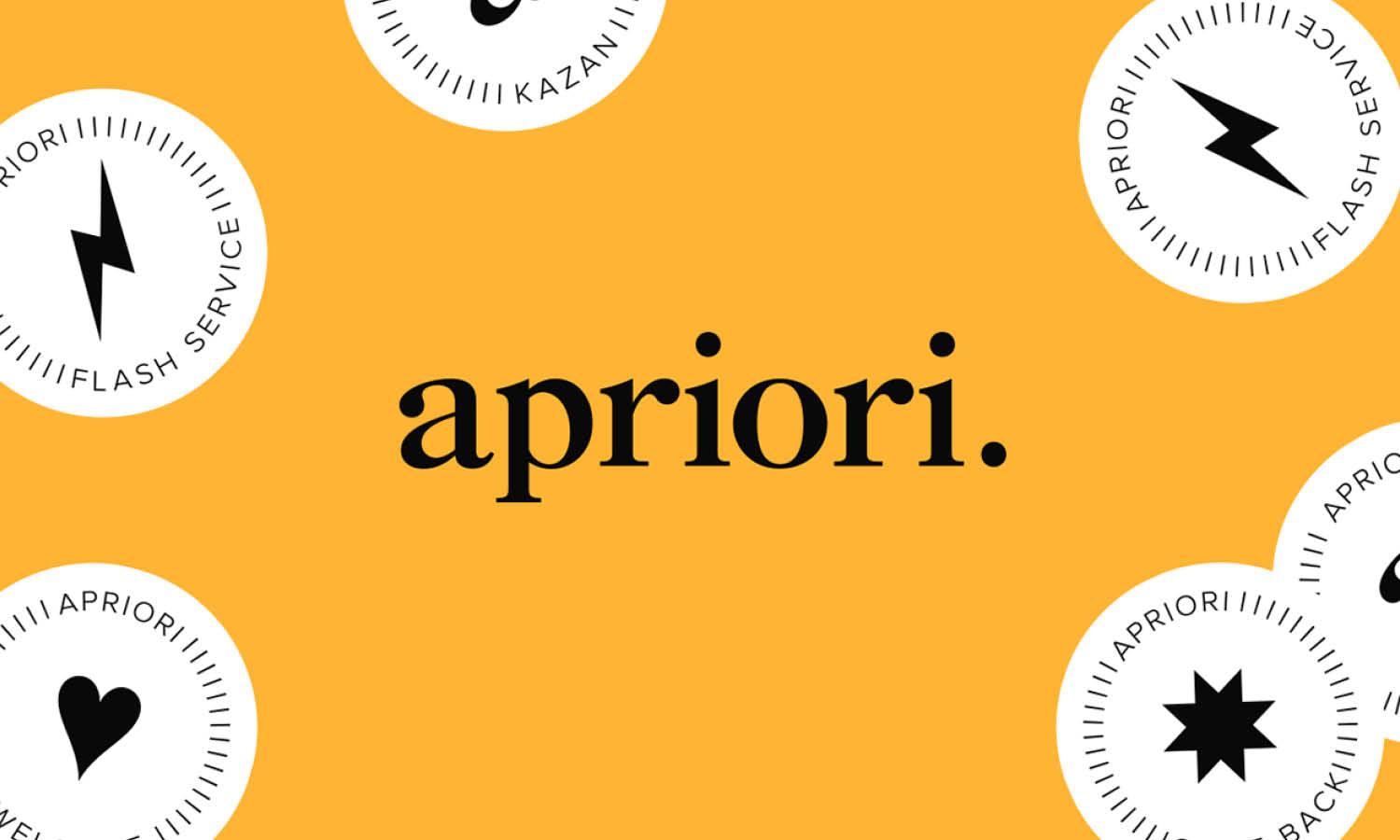

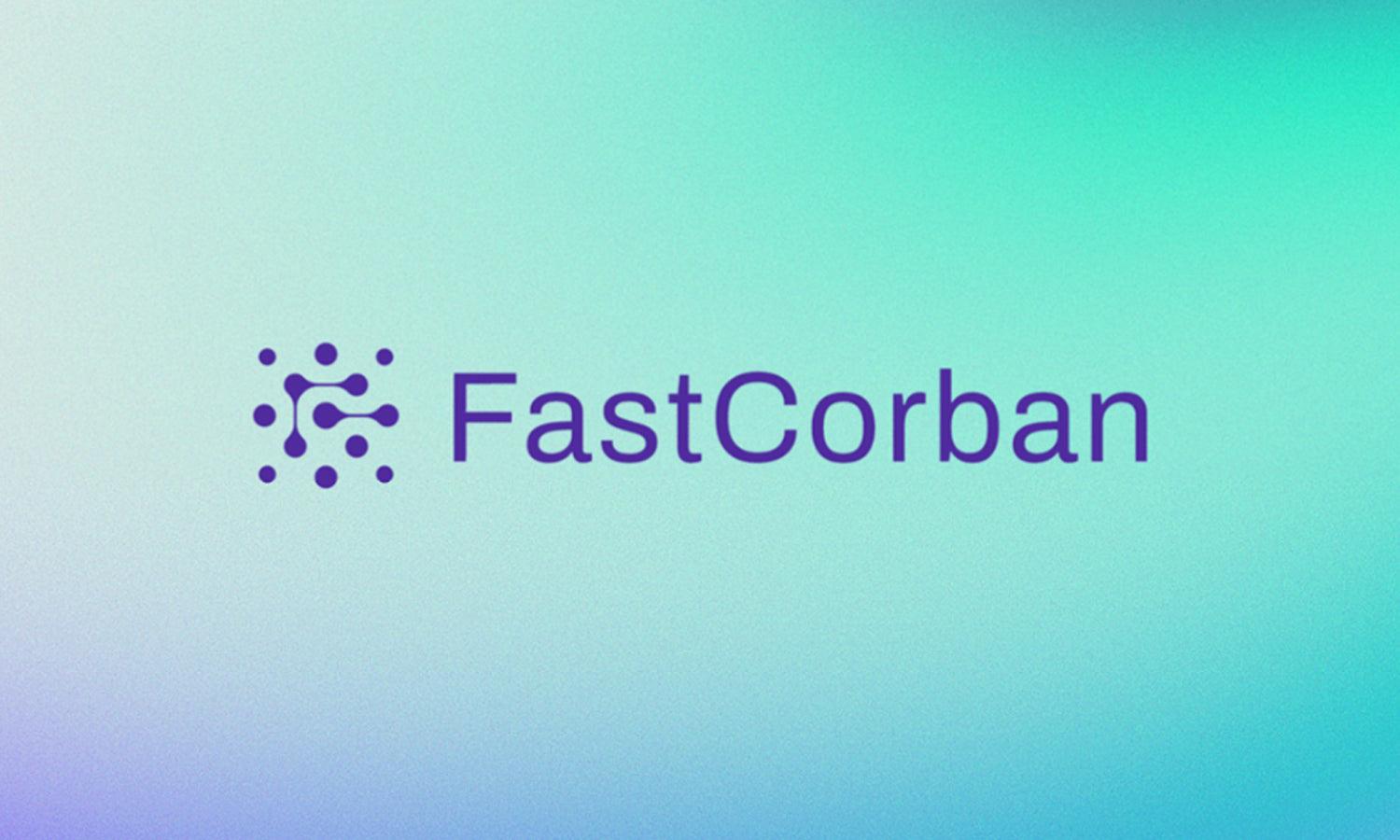
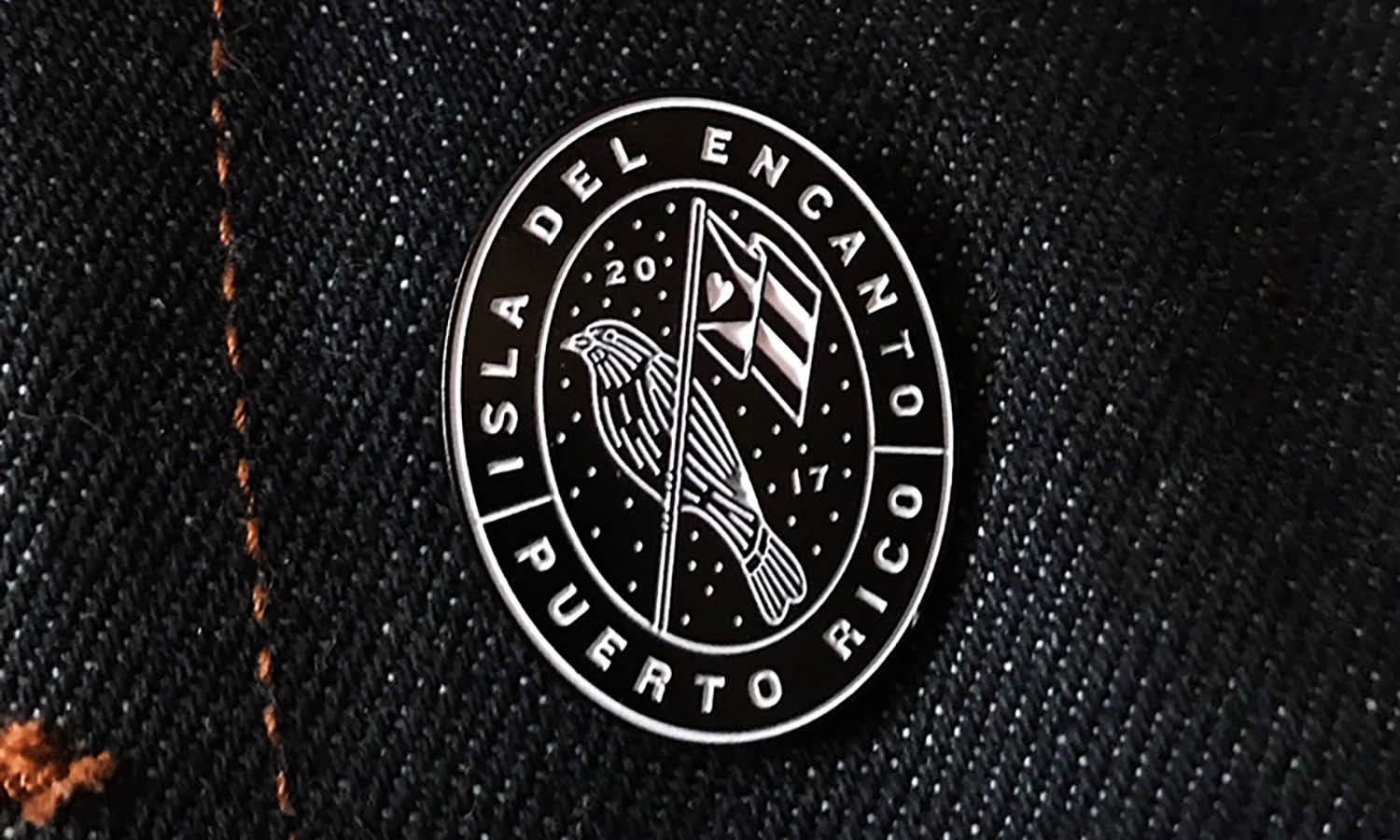
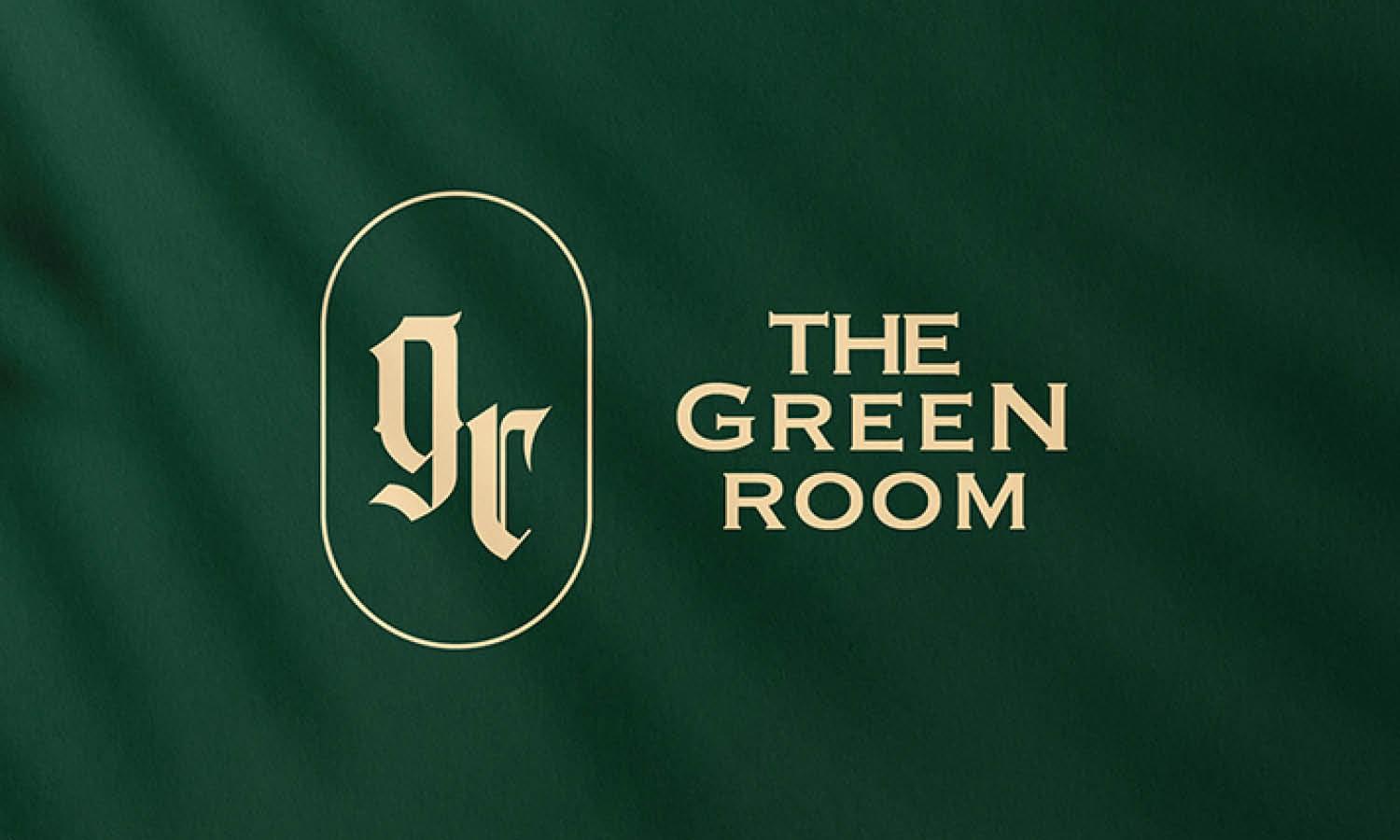
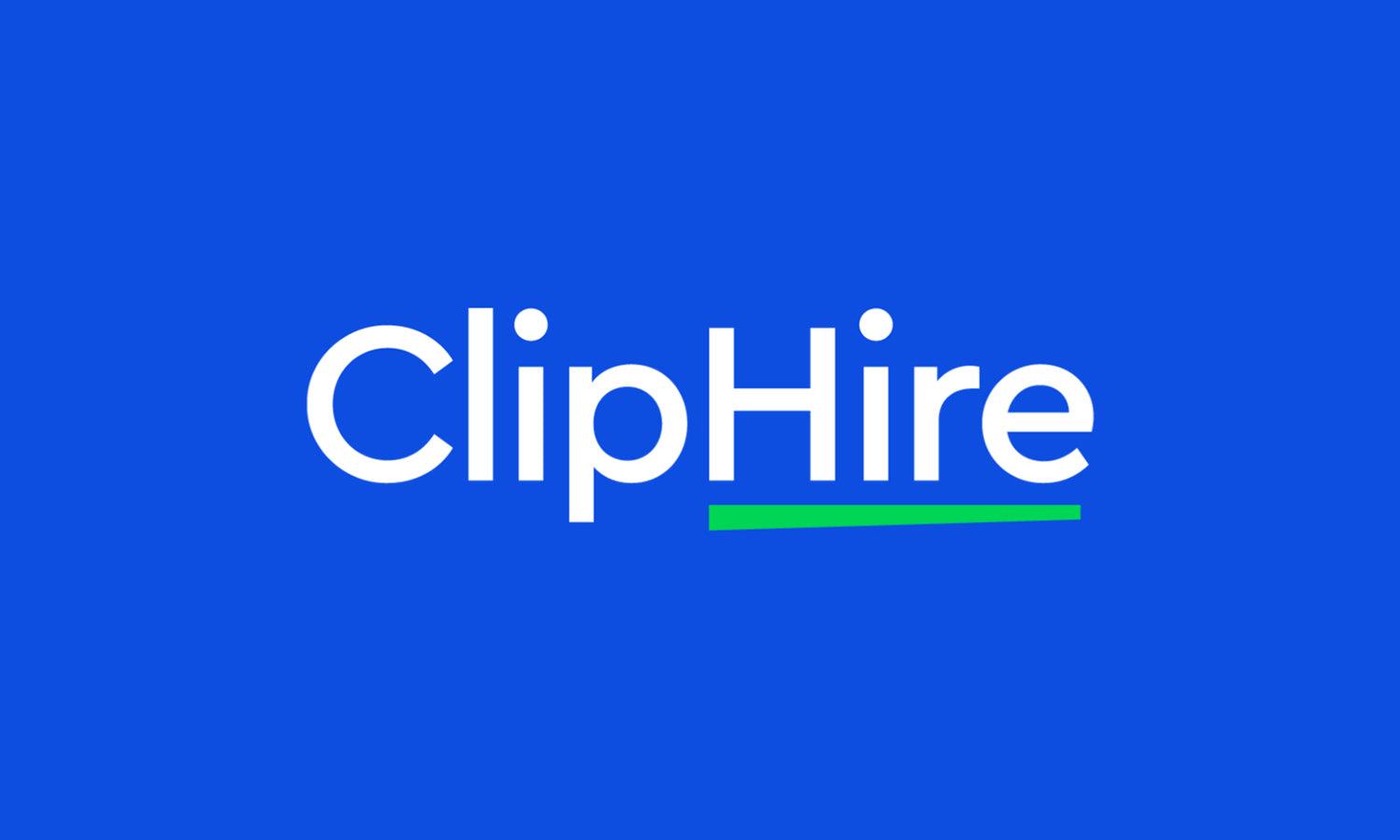
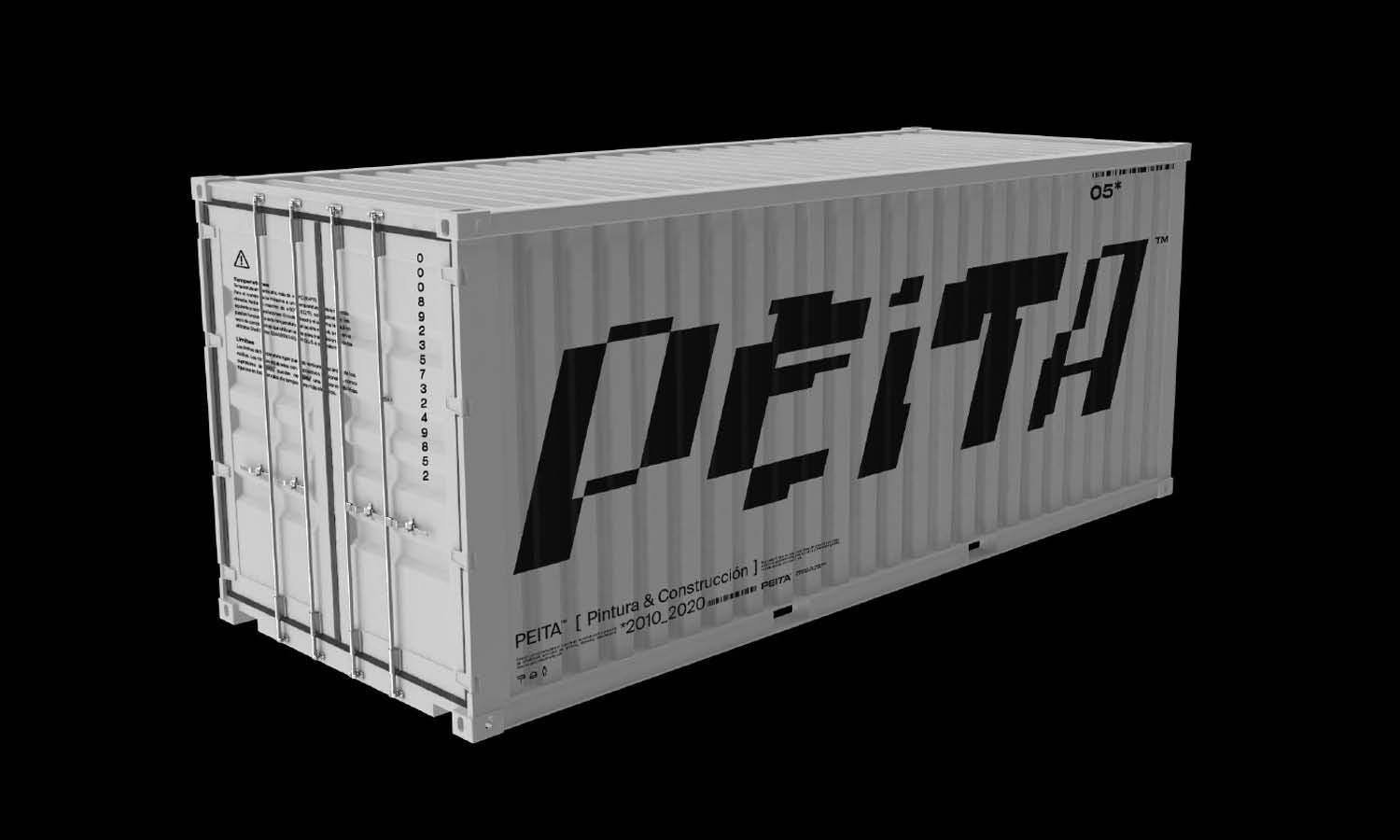








Leave a Comment